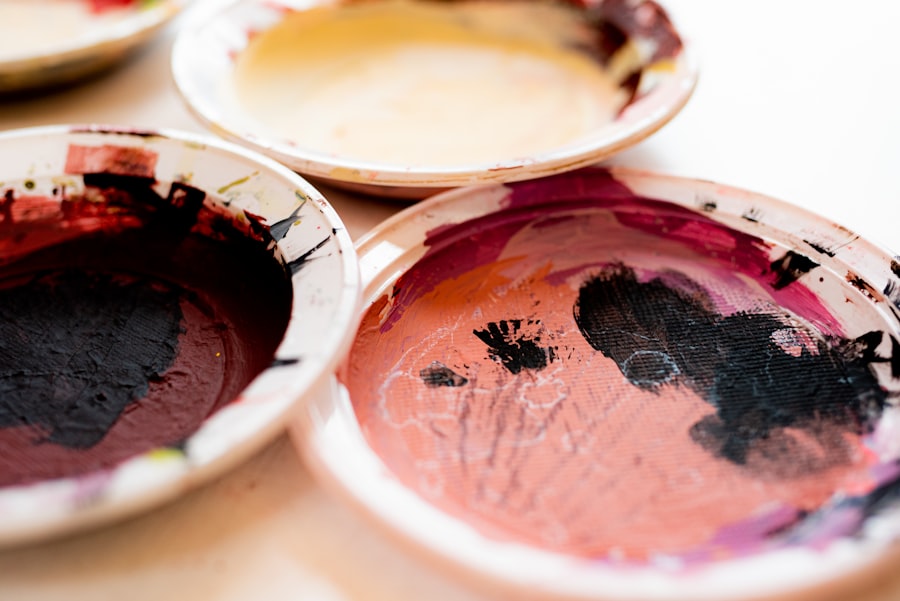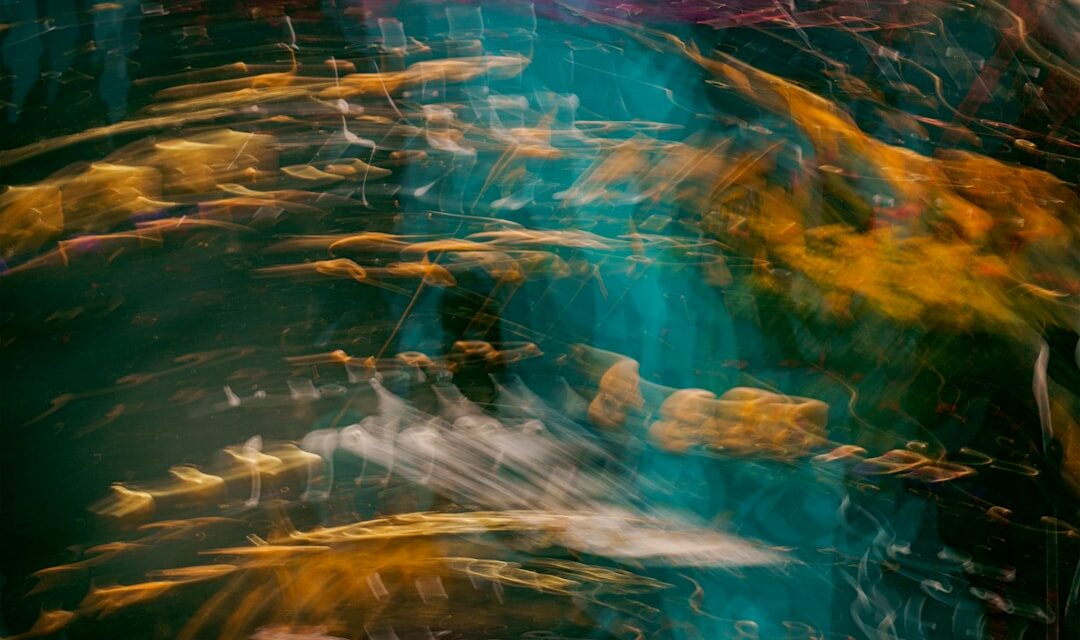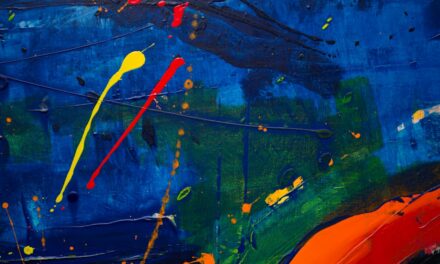Creative reflections serve as a vital component in the journey of personal growth, acting as a mirror that allows individuals to examine their thoughts, feelings, and experiences. Engaging in creative reflection encourages a deeper understanding of oneself, fostering an environment where self-discovery can flourish. This process not only aids in recognising personal strengths and weaknesses but also illuminates the paths one may wish to pursue.
By taking the time to reflect creatively, individuals can cultivate a sense of purpose and direction, which is essential for meaningful development. Moreover, creative reflections can act as a catalyst for change. When individuals engage in this practice, they often uncover hidden emotions or unresolved issues that may be hindering their progress.
By confronting these aspects through creative means—be it writing, drawing, or other forms of expression—individuals can begin to process their experiences more effectively. This transformative journey not only enhances self-awareness but also empowers individuals to take actionable steps towards their goals, ultimately leading to a more fulfilled and authentic life.
Summary
- Creative reflections are essential for personal growth as they allow individuals to gain insight and self-awareness.
- Engaging in creative reflections can enhance problem-solving skills by encouraging innovative thinking and new perspectives.
- Creative reflections can be incorporated into daily life to promote mental wellbeing and provide a sense of balance and clarity.
- Creative reflections play a crucial role in artistic and creative processes, serving as a source of inspiration and self-expression.
- Exploring different forms of creative reflections, such as writing, drawing, and meditation, can help individuals find the most suitable method for self-expression and personal development.
- Sharing creative reflections with others and building a supportive community can provide encouragement, feedback, and a sense of connection, leading to a more enriching and fulfilling experience.
Techniques for Engaging in Creative Reflections
There are numerous techniques one can employ to engage in creative reflections, each offering unique benefits and insights. One popular method is journaling, which allows individuals to articulate their thoughts and feelings on paper. This practice can take various forms, from free writing to structured prompts that guide the reflection process.
By putting pen to paper, individuals can externalise their internal dialogues, making it easier to identify patterns and themes that may emerge over time. Another effective technique is visual art creation, which can encompass anything from painting and drawing to collage-making. Engaging in visual arts provides a non-verbal outlet for expression, allowing individuals to explore their emotions and thoughts in a more abstract manner.
This form of creative reflection can often lead to unexpected revelations, as the act of creating can bypass the constraints of language and logic. Additionally, incorporating mindfulness practices such as meditation or deep breathing before engaging in creative activities can enhance focus and clarity, further enriching the reflective experience.
How Creative Reflections Can Enhance Problem-Solving Skills

Creative reflections are not only beneficial for personal growth but also play a significant role in enhancing problem-solving skills. When individuals engage in reflective practices, they often find themselves thinking outside the box, exploring alternative perspectives and solutions that may not have been immediately apparent. This expanded mindset fosters a sense of flexibility and adaptability, which are crucial traits when faced with challenges.
Furthermore, the process of creative reflection encourages individuals to approach problems with curiosity rather than fear. By reframing challenges as opportunities for exploration, individuals can cultivate a more positive attitude towards problem-solving. This shift in perspective allows for greater experimentation and innovation, as individuals feel empowered to try new approaches without the fear of failure.
Ultimately, this creative mindset not only aids in resolving current issues but also equips individuals with the tools necessary for tackling future challenges with confidence.
Using Creative Reflections to Gain Insight and Self-Awareness
The journey towards self-awareness is often paved with moments of introspection and insight, both of which can be significantly enhanced through creative reflections. By engaging in reflective practices, individuals can delve into their thoughts and emotions, uncovering layers of understanding that may have previously gone unnoticed. This process allows for a more nuanced comprehension of one’s motivations, desires, and fears, leading to a richer sense of self.
Moreover, creative reflections can illuminate the connections between past experiences and present behaviours. By examining these links through artistic expression or writing, individuals can gain valuable insights into how their history shapes their current choices. This newfound awareness not only fosters personal growth but also encourages individuals to make more informed decisions moving forward.
In essence, creative reflections serve as a powerful tool for self-discovery, enabling individuals to navigate their lives with greater clarity and intention.
Incorporating Creative Reflections into Daily Life for Mental Wellbeing
Incorporating creative reflections into daily life can significantly enhance mental wellbeing, providing individuals with a constructive outlet for processing emotions and experiences. Establishing a routine that includes time for creative reflection—whether through journaling, drawing, or other forms of expression—can create a sense of stability and grounding amidst the chaos of everyday life. This dedicated time allows individuals to step back from their responsibilities and engage in self-care through creativity.
Additionally, the act of creating can serve as a form of mindfulness practice, helping individuals to remain present in the moment. When immersed in a creative activity, one often experiences a state of flow—a mental state characterised by complete absorption and focus. This state not only alleviates stress but also promotes relaxation and emotional regulation.
By prioritising creative reflections as part of daily life, individuals can cultivate resilience and enhance their overall mental wellbeing.
The Role of Creative Reflections in Artistic and Creative Processes

Creative reflections play an integral role in artistic processes, serving as both a source of inspiration and a means of refining one’s craft. Artists often engage in reflective practices to explore their thoughts and feelings about their work, allowing them to gain deeper insights into their artistic intentions. This process can lead to the development of new ideas and concepts that enrich their creative output.
Moreover, reflecting on past works can provide valuable lessons for future projects. By analysing what worked well and what did not, artists can identify areas for improvement and growth. This iterative process of reflection not only enhances technical skills but also fosters a greater understanding of one’s unique voice and style.
In this way, creative reflections become an essential component of an artist’s journey, guiding them towards greater authenticity and expression.
Exploring Different Forms of Creative Reflections, such as Writing, Drawing, and Meditation
The beauty of creative reflections lies in their versatility; there are countless forms through which individuals can express themselves and engage in introspection. Writing is perhaps one of the most accessible methods, allowing for both structured and free-form exploration of thoughts and feelings. Whether through poetry, prose, or stream-of-consciousness writing, the written word provides a powerful medium for self-expression.
Drawing and painting offer another avenue for creative reflection, enabling individuals to communicate emotions that may be difficult to articulate verbally. The act of creating visual art can be deeply therapeutic, allowing for exploration beyond the confines of language. Additionally, practices such as meditation or guided imagery can complement these artistic forms by fostering a sense of calm and clarity before engaging in creative activities.
By exploring various forms of creative reflection, individuals can discover what resonates most with them and tailor their practices accordingly.
The Benefits of Sharing Creative Reflections with Others and Building a Supportive Community
Sharing creative reflections with others can be an enriching experience that fosters connection and understanding within a community. When individuals open up about their thoughts and feelings through their creative expressions—be it through group workshops or informal gatherings—they create opportunities for dialogue and support. This exchange not only validates individual experiences but also highlights the shared human condition, reminding us that we are not alone in our struggles.
Building a supportive community around creative reflections can also enhance motivation and accountability. When surrounded by like-minded individuals who value creativity as a means of personal growth, individuals are more likely to engage consistently in reflective practices. This communal aspect encourages collaboration and feedback, further enriching the reflective process.
Ultimately, sharing creative reflections cultivates an environment where vulnerability is embraced, leading to deeper connections and collective growth among participants.
Creative Reflections is a thought-provoking article that delves into the importance of self-expression through art. It explores how artists use their creativity to reflect on their inner thoughts and emotions. For further insight into the world of art, readers may also find An Introduction to the Painting ‘Picture of Time Barrier’ (1951) by Emilio Vedova to be a fascinating read. This article provides a detailed analysis of a renowned painting, shedding light on the artist’s techniques and inspirations. Additionally, An Introduction to the Art Technique Pointillé Technique offers a comprehensive overview of a unique artistic method that has captivated audiences for centuries. For those interested in ancient history, An Introduction to Ancient Roman Art provides a glimpse into the rich cultural heritage of one of the world’s most influential civilisations.



